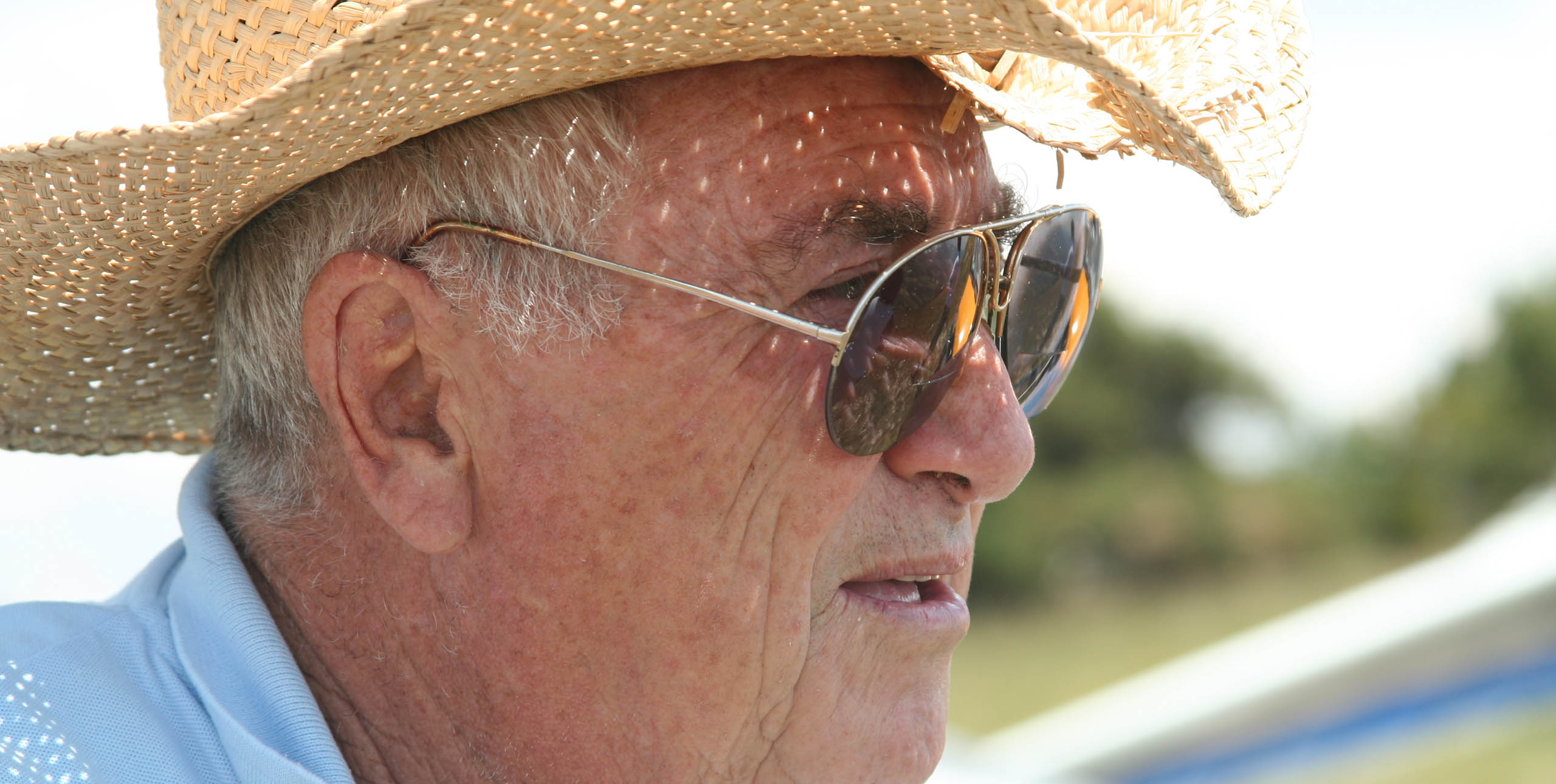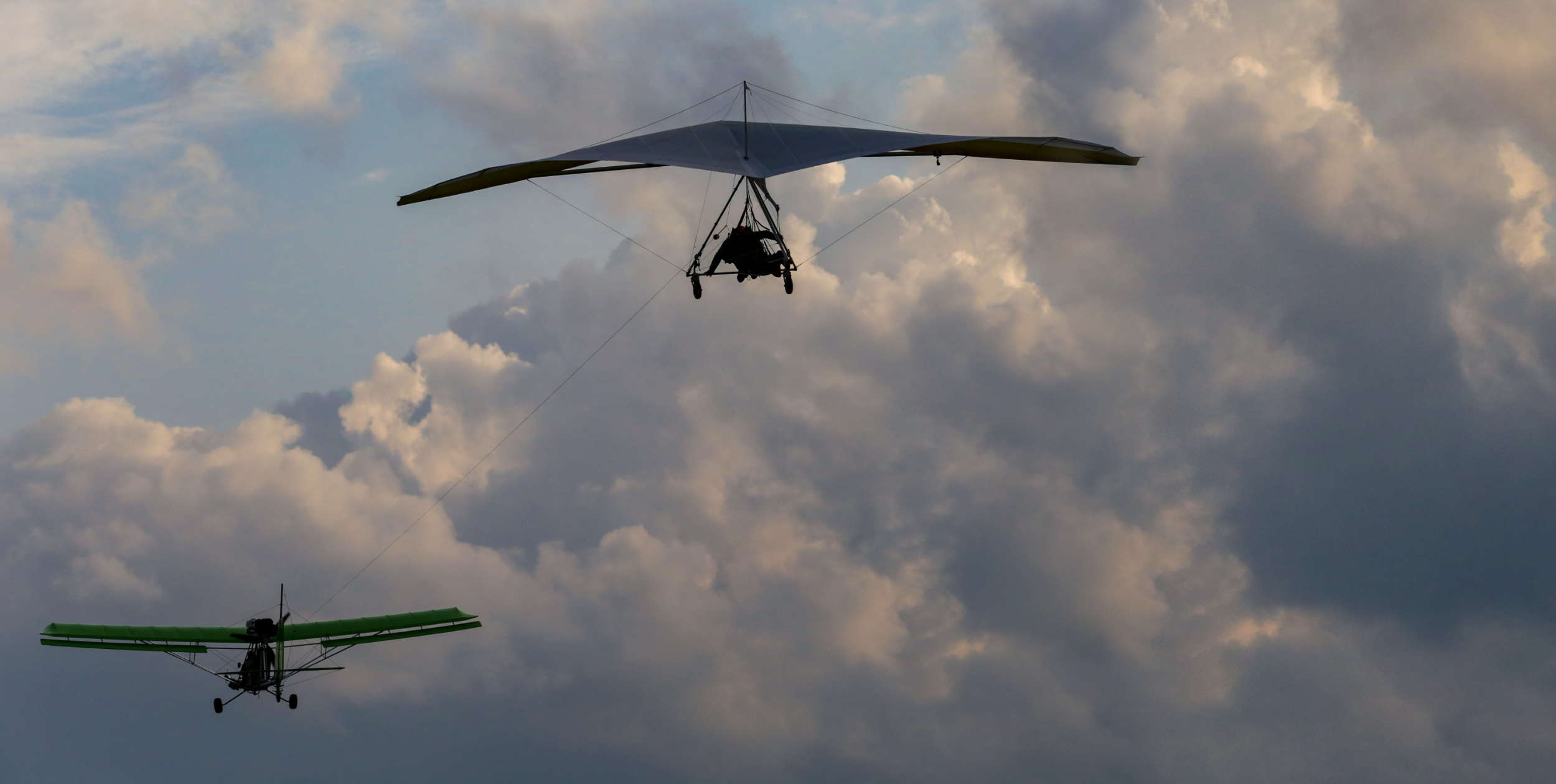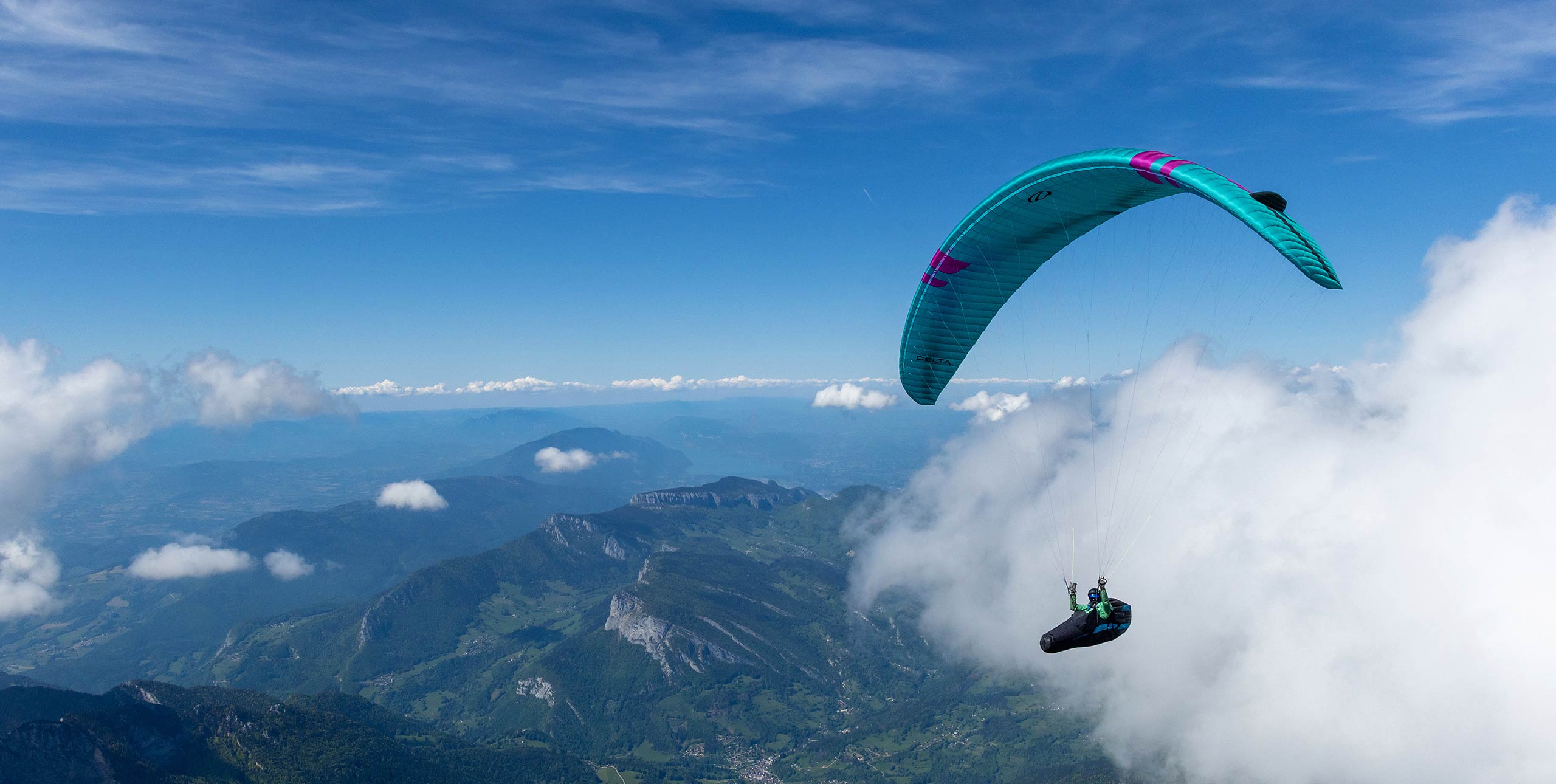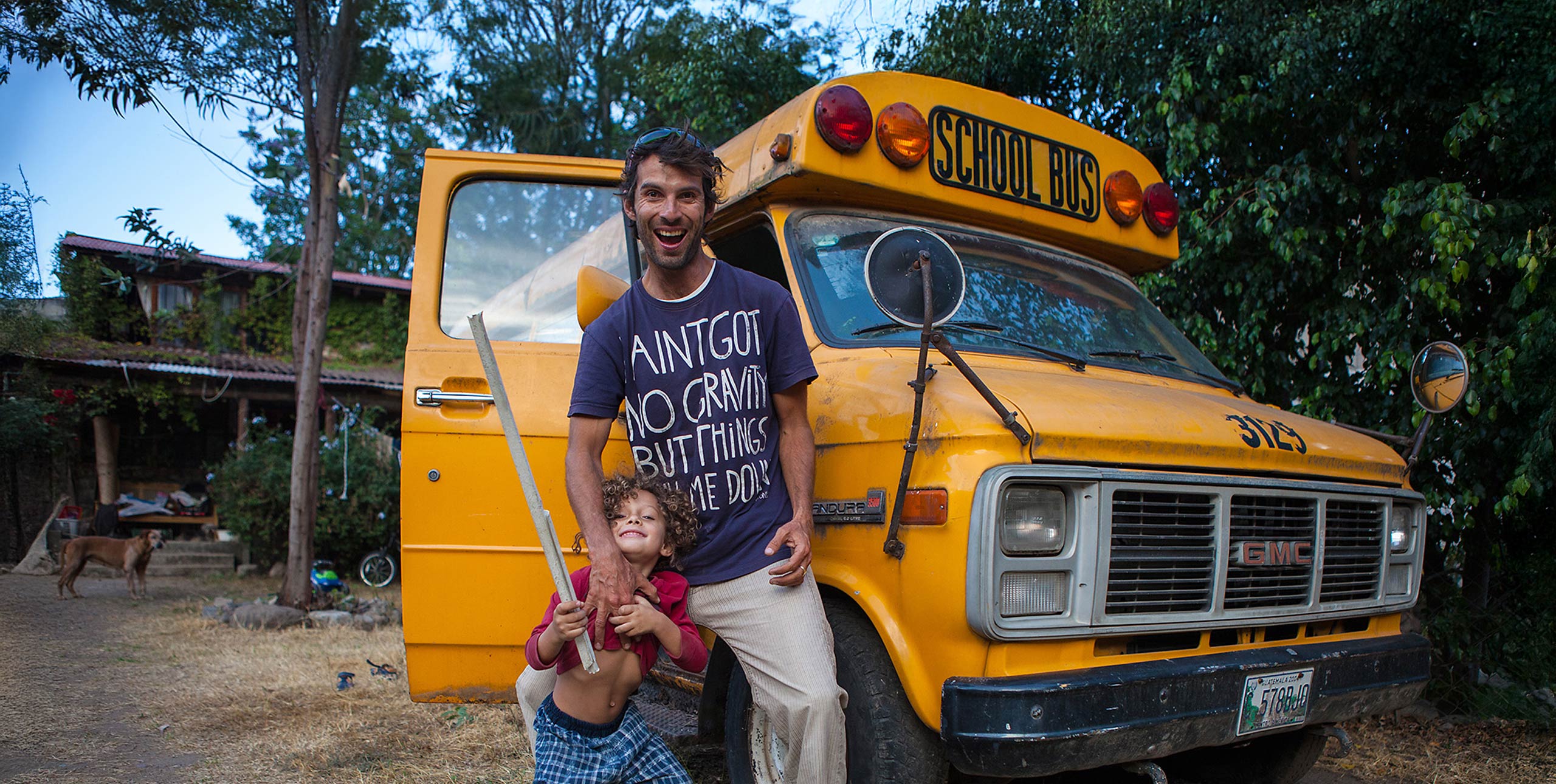
Christien Ciech explains how he won a task at the 2009 Hang Gliding World Championships
Hang gliding guru Christian Ciech takes a look at the strategies involved in breaking records
The desires that push and motivate free flyers to undertake long cross country flights are many and varied. One of the most common is to chase records.
Whether these are personal or even world records, I hope that pilots’ motivations to chase records are not only a desire to assert themselves within the sport, but also because of their desire to learn more and more about the limits and boundaries of our sport.
If you’ve followed my reasoning up till now, you’ll probably be interested in continuing the adventure and exploring the so-called extreme frontiers of free flight. Talking about the extreme, I don’t want to bring into question the issue of safety margins.
These you need to respect always and everywhere. If you don’t reach that record distance because of safety considerations, remember there will always be a second chance.
I’ve never heard of a record being broken by chance. Records are always broken after hard work and extensive preparation. So first of all, you need to plan your flight.
You need to know exactly where you want to go, which route you want to follow and what the weather conditions will allow you to complete your selected route.
Once in flight, you can always make changes to your plan, but at least you will have all the facts at hand to do so. If you plan your flight correctly, you’ll foresee all the possible variations.
The more hours you have at your disposal, the further you can go, and therefore the take-off area is fundamental to the planning of a flight. If you fly in the mountains of the northern hemisphere, it’s necessary to search for a take-off that faces either east or southeast in order to launch and climb early.
In the case of Manfred Ruhmer’s world record from Zapata, there were no strong conditions in the flight area. Zapata though, allows an early take-off thanks to the high humidity, and the thermic activity present from very early in the day.
On Manfred’s barograph trace, you can see only a few 5 m/s climbs, nothing like the frightening climbs you might find in other famous record-breaking areas like the Owens Valley.
[promobox]
Therefore, without extremely fast climb rates to help you travel fast, you need to always start your flight as early as possible in order to exploit the entire day, so take off as soon as the first thermals appear, even if they are weak.
At this stage you need to exploit all the thermals you find and avoid long glides, which might force you to climb from low altitudes.
Thermal activity at lower levels is never predictable early in the day. During the early stages of a record attempt you move forward very slowly, but the important thing is to be ready to accelerate as soon as the conditions get stronger.
Albeit slowly, keep moving forward. Later in the day, when climb rates are getting better, you need to speed up. While your early glides were at the maximum glide speed for efficiency, they now need to become faster, especially if flying with a tailwind.
In this part of your flight, you should start estimating the chances of breaking your desired record, assuming that you will manage to fly the maximum hours likely to be available on the day.
As the thermal conditions reach their maximum, you need to calculate whether your average speed has been (and is likely to remain) high enough for you to reach your goal before the conditions shut down.
Otherwise, you need to decide, by looking at the sky, whether you should accelerate or give up and go back for another attempt the next day.
If things are going particularly fast and well, you need to try everything you can to make the fastest progress. In thermals, climb in perfect circles only if the climb rate remains perfectly steady. If it doesn’t, then work out where the core is and constantly chase the best areas of lift.
As you near cloudbase, analyse the sky and the ground in front of you and try to understand what the best lift lines are. Then, use them to reduce to a minimum your height loss between thermals.
Late afternoon is often the best time for those special moments. The shadows get longer, the light has a magical quality, and for those who had the foresight and skill to have kept high for the last part of a flight, the glides can be incredible long, cruising under the last clouds of the day.
Even if the glides are still good, conditions on the ground will be getting more difficult by now, so try not to rush. Take advantage of being high and exploit the wind pushing you along. Where before it was important to follow the lift lines, it’s now essential.
Again a weak thermal… maybe the last one? Gather your remaining strength. Close your arms against your body. Try to fly as far as possible. You’ve made it!
• Got news? Send it to us at news@xccontent.local. Fair use applies to this article: if you reproduce it online, please credit correctly and link to xcmag.com or the original article. No reproduction in print. Copyright remains with Cross Country magazine. Thanks
Subscribe to the world’s favourite hang gliding and paragliding magazine











